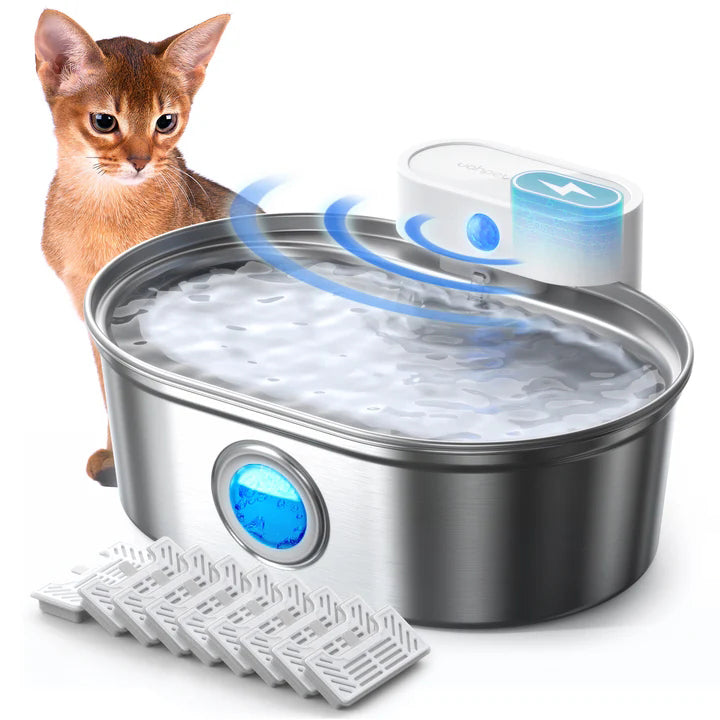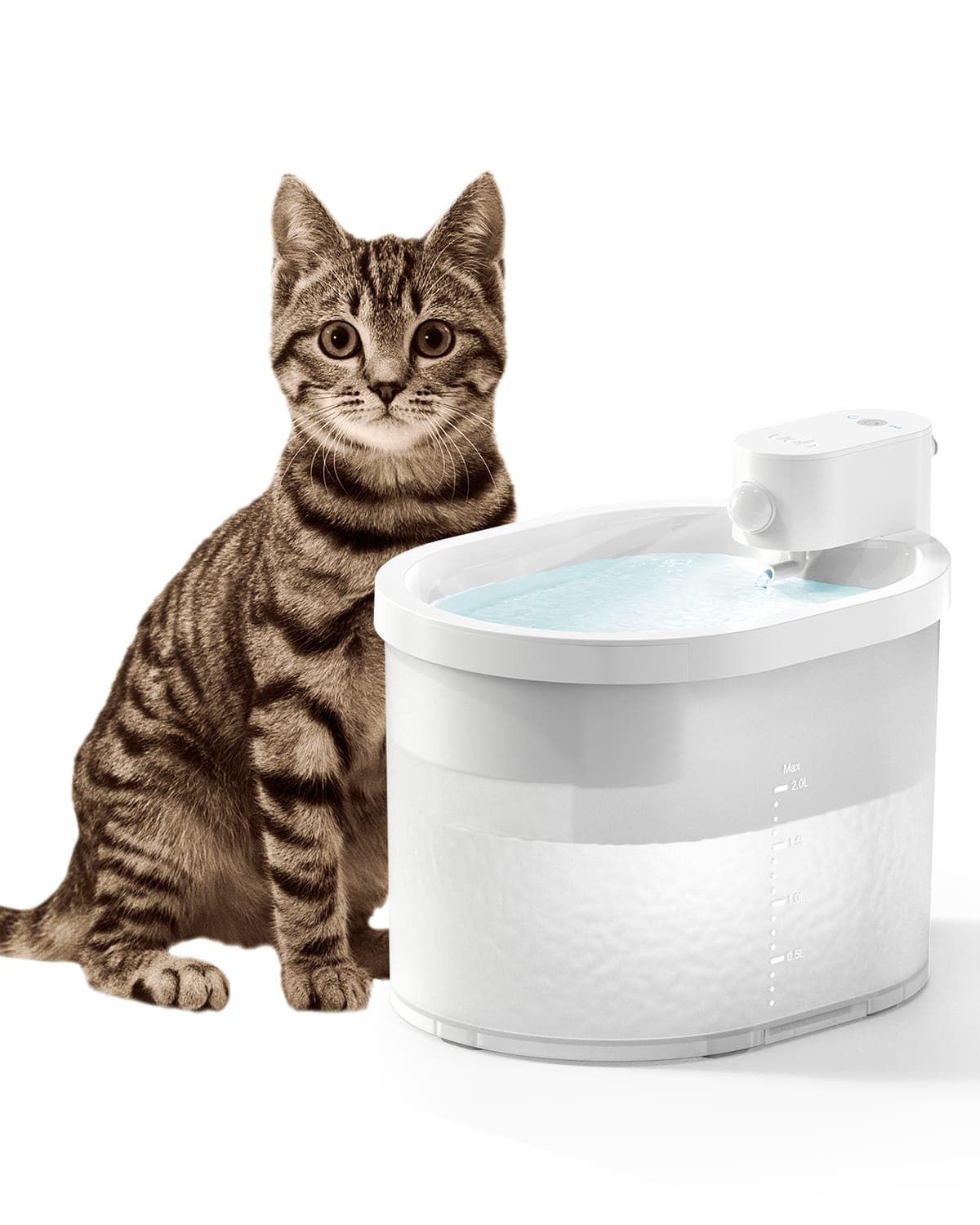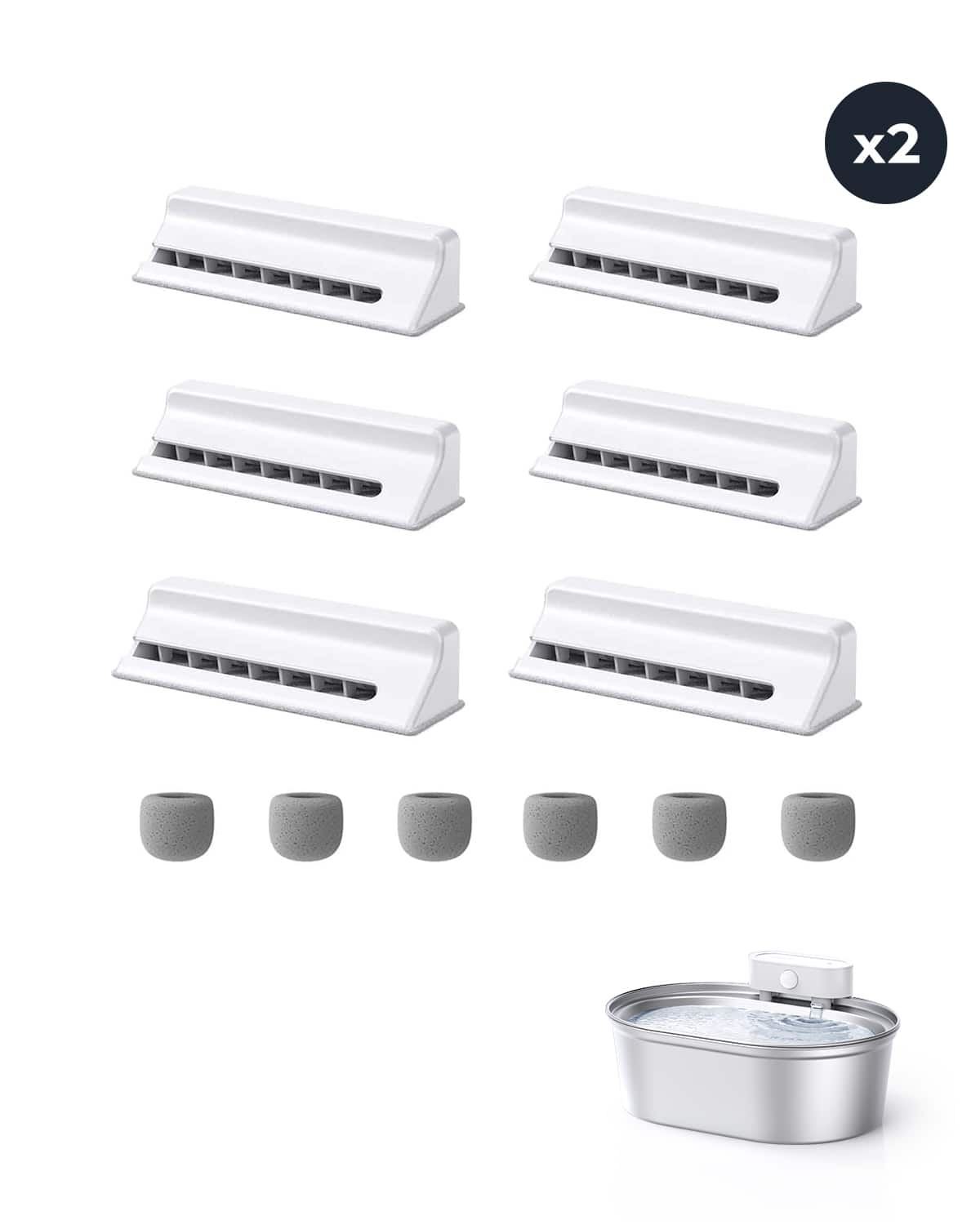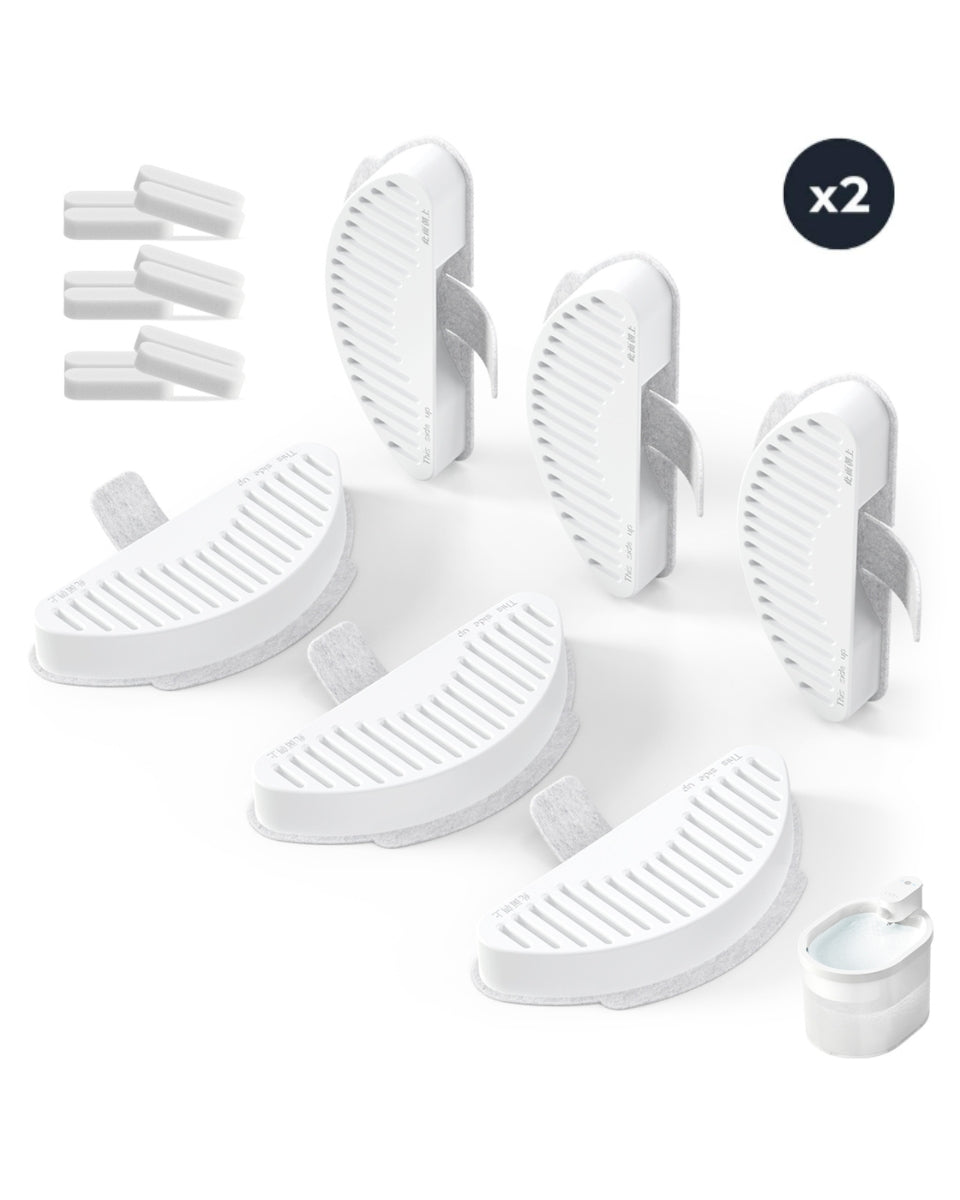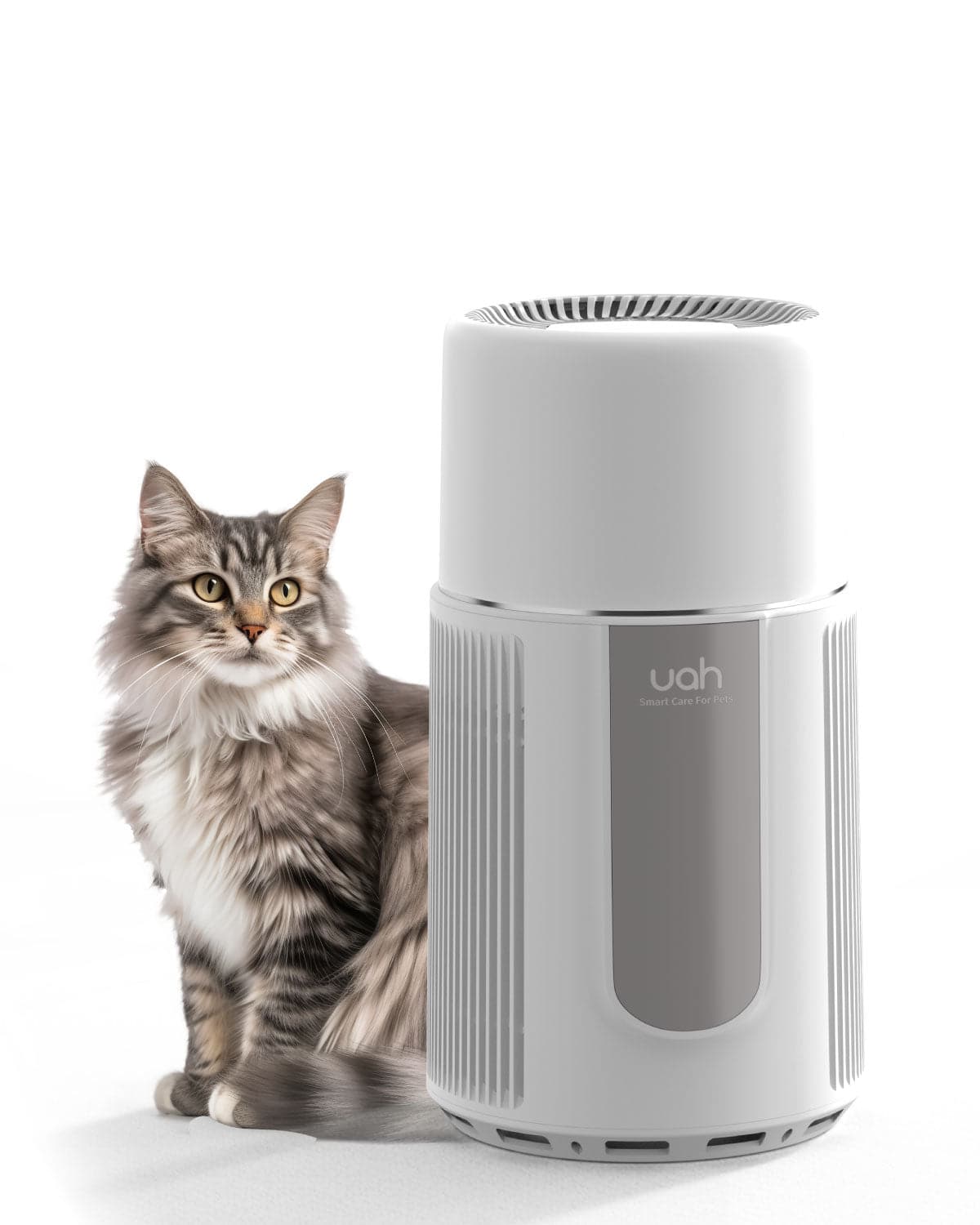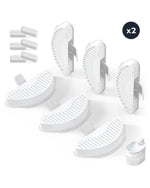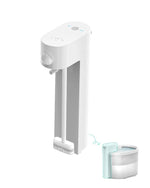Pet allergies can be a significant source of discomfort for many individuals, causing symptoms like sneezing, itchy eyes, and respiratory issues. For pet owners, the dilemma often lies in balancing their love for their furry companions with the need to maintain a healthy living environment. This is where air purifiers come into play. By effectively removing allergens from the air, these devices can help mitigate the impact of pet allergies and improve overall indoor air quality.
Understanding Pet Allergies
Pet allergies are primarily triggered by proteins found in an animal's skin cells, urine, and saliva. These proteins can become airborne and settle on surfaces, making it difficult to avoid exposure. Common symptoms include sneezing, runny nose, itchy eyes, and even asthma attacks in severe cases. While regular cleaning can help reduce allergens, it is often not enough to eliminate them entirely.
How Air Purifiers Work
Air purifiers are designed to capture and remove airborne particles, including pet dander, dust, and other allergens. Most air purifiers use a combination of filters and fans to draw in air, trap particles, and release clean air back into the room. High-efficiency particulate air (HEPA) filters are particularly effective at capturing microscopic particles, making them a popular choice for individuals with pet allergies.
Benefits of Using Air Purifiers for Pet Allergies
Using an air purifier can offer several benefits for individuals with pet allergies. Firstly, it can significantly reduce the concentration of allergens in the air, leading to fewer allergy symptoms. Secondly, air purifiers can improve overall indoor air quality by removing other pollutants like dust, pollen, and mold spores. Lastly, they can create a more comfortable living environment for both pet owners and their pets.
Choosing the Right Air Purifier
When selecting an air purifier for pet allergies, it is essential to consider factors like the size of the room, the type of filter used, and the device's noise level. HEPA filters are highly recommended for their ability to capture small particles, while activated carbon filters can help remove odors. Additionally, it is crucial to choose an air purifier with a suitable Clean Air Delivery Rate (CADR) for the room size to ensure optimal performance.
Maintenance Tips for Air Purifiers
To ensure the effectiveness of an air purifier, regular maintenance is necessary. This includes replacing filters as recommended by the manufacturer, cleaning the exterior of the device, and ensuring proper airflow. Neglecting maintenance can reduce the device's efficiency and lead to a buildup of allergens and pollutants.
Additional Strategies to Reduce Pet Allergies
While air purifiers can significantly reduce pet allergens, combining their use with other strategies can yield even better results. Regular grooming of pets, frequent vacuuming with a HEPA-filtered vacuum cleaner, and using allergen-proof bedding can all contribute to a healthier living environment. Additionally, keeping pets out of certain areas, like bedrooms, can help minimize exposure to allergens.
The Science Behind Air Purifiers and Pet Allergies
Numerous studies have demonstrated the effectiveness of air purifiers in reducing airborne allergens. Research has shown that HEPA filters can capture up to 99.97% of particles as small as 0.3 microns, including pet dander and other allergens. This makes air purifiers a valuable tool for individuals with pet allergies, providing a practical solution to a common problem.
Common Misconceptions About Air Purifiers
There are several misconceptions about air purifiers that can lead to confusion. One common myth is that air purifiers can completely eliminate pet allergens. While they can significantly reduce allergen levels, they cannot remove allergens that have settled on surfaces. Another misconception is that all air purifiers are the same. In reality, the effectiveness of an air purifier depends on factors like the type of filter used and the device's overall design.
Real-Life Experiences
Many individuals with pet allergies have reported significant improvements in their symptoms after using air purifiers. Testimonials often highlight reduced sneezing, fewer asthma attacks, and an overall improvement in quality of life. These real-life experiences underscore the potential benefits of air purifiers for pet owners dealing with allergies.
Future Trends in Air Purification Technology
As technology continues to advance, air purifiers are becoming more efficient and user-friendly. Innovations like smart sensors, which can detect air quality and adjust settings automatically, are making air purifiers more effective and convenient to use. Additionally, the development of new filter materials and designs is expected to further enhance their ability to capture allergens and pollutants.
If you're struggling with pet allergies, an air purifier could be the solution you've been searching for. By effectively removing allergens from the air, these devices can help you breathe easier and enjoy a healthier living environment. Don't let pet allergies come between you and your furry friends—invest in an air purifier today and experience the difference for yourself.

